
contents
In the realm of interior design, few elements are as transformative and essential as natural light. It possesses the remarkable ability to not only brighten our living spaces but also infuse them with warmth, vitality, and a sense of connection to the outside world.
Maximizing natural light within your home is a design strategy that goes beyond aesthetics; it impacts your overall well-being and the functionality of your living spaces.
contents
1. The Importance of Natural Light
Natural light is an essential element in interior design, impacting not only the aesthetics but also the overall atmosphere and functionality of your living spaces. In this section, we will delve into the significance of natural light and why it should be a cornerstone of your home design.
1.1. Health and Well-being
Natural light is a fundamental source of vitamin D, crucial for our physical health and mood. Adequate exposure to natural light has been linked to improved sleep patterns, enhanced mood, and reduced stress levels. In an era where many of us spend extended hours indoors, harnessing natural light is a simple yet effective way to promote well-being.
1.2. Energy Efficiency
Harnessing natural light in your home can significantly reduce your reliance on artificial lighting during the day. This not only cuts down on electricity costs but also lessens your environmental footprint. Embracing energy-efficient design through natural light can be a win-win for your wallet and the planet.
1.3. Visual Comfort
Natural light provides a high-quality illumination that is unmatched by artificial lighting. It renders colors more accurately and reduces eye strain. Properly lit spaces are not only more visually appealing but also more comfortable for everyday activities, from reading to working.
1.4. Aesthetic Enhancement
From an aesthetic perspective, natural light can transform your interior spaces. It highlights architectural features, textures, and colors, adding depth and character to your home. When strategically harnessed, it can become an integral part of your interior design.
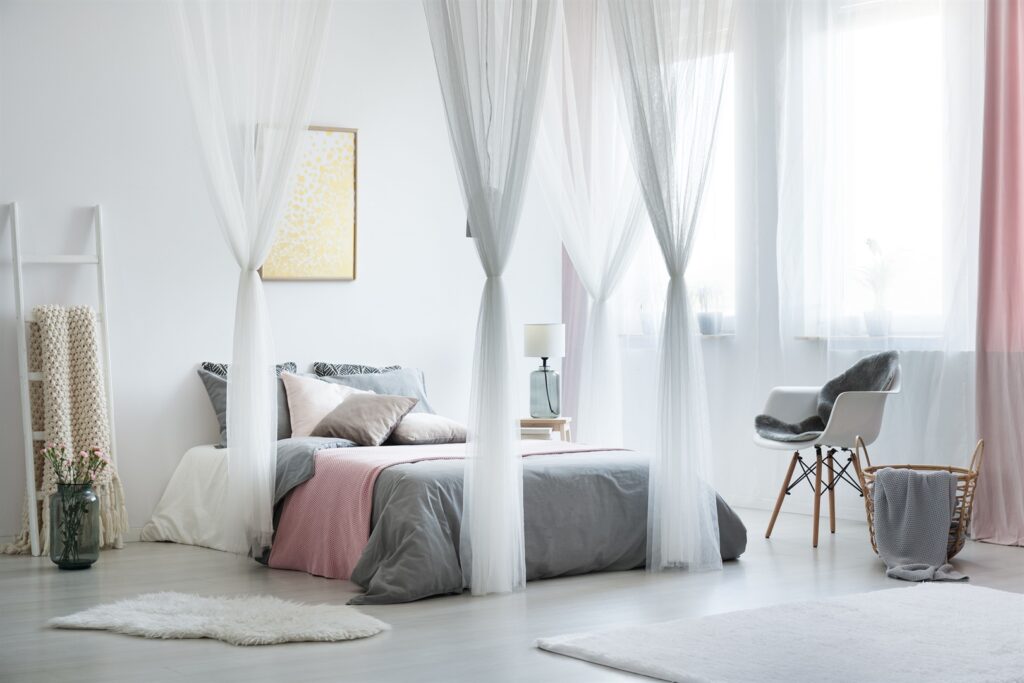
2. Strategic Window Placement
The importance of natural light in interior design cannot be overstated. Its impact on our health, energy efficiency, visual comfort, and aesthetics make it a central consideration when planning your home’s design.
By strategically placing windows and optimizing their size and orientation, you can welcome the many benefits of natural light into your living spaces, creating an environment that is both functional and visually captivating.
2.1. The Art of Window Placement
Strategic window placement is the key to harnessing the full potential of natural light. It involves not only the location of windows but also their size, orientation, and style. Consider the following factors:
– Orientation: Understanding the path of the sun and the cardinal directions is crucial in determining where to place windows. South-facing windows capture the most sunlight throughout the day, while north-facing windows provide a consistent, soft light. East-facing windows welcome the morning sun, while west-facing windows capture the warm, afternoon light.
– Room Function: Different rooms have varying natural light requirements. For example, kitchens and workspaces benefit from ample daylight, while bedrooms may require a more subdued ambiance. Tailor your window placement to suit the function of each space.
2.2. Expanding Existing Windows
If you are working with an existing home, expanding or enlarging windows can be a transformative design choice. Larger windows allow more natural light to flood your interior, creating a sense of openness and connection to the outdoors. Consult with an experienced interior designer or architect to assess the feasibility of such modifications.
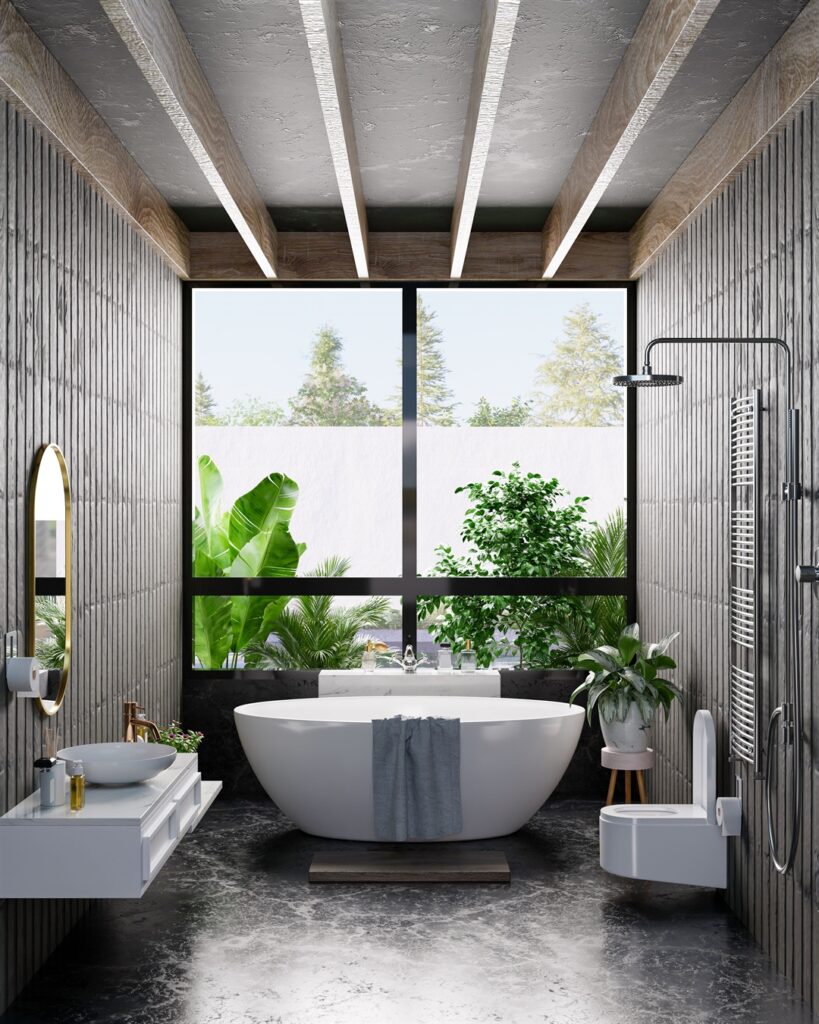
3. Choosing the Right Window Styles
Selecting the appropriate window styles is a pivotal decision in your quest to illuminate your home with natural light. Windows not only serve as portals for sunlight but also play a significant role in shaping the aesthetics and functionality of your space.
In this section, we delve into the world of window styles, helping you make informed choices that harmonize with your interior design and lighting objectives.
3.1. Window Style Options
When it comes to window styles, you have a myriad of options to explore. Each style offers unique characteristics that can influence the distribution of natural light within your home.
– Casement Windows: These hinged windows swing open like a door, allowing for maximum ventilation and unobstructed views. They are an excellent choice for areas where you want to invite abundant sunlight and fresh air.
– Awning Windows: Awning windows hinge at the top and open outward, providing excellent ventilation even during light rain. They are a practical choice for maintaining air circulation and diffused light.
– Bay Windows: Bay windows project outward, creating alcoves that capture light from multiple angles. They not only flood your space with sunlight but also add architectural interest to your home.
– Picture Windows: Designed to frame picturesque views, picture windows are fixed and do not open. They are perfect for showcasing outdoor beauty and allowing ample daylight to filter in.
3.2. Incorporating Skylights
Skylights are another powerful tool for introducing copious natural light into your interior spaces. These overhead windows come in various shapes and sizes, and their strategic placement can dramatically impact your home’s illumination.
– Fixed Skylights: Fixed skylights are stationary and do not open. They are ideal for areas where additional ventilation is not a priority but where you want to maximize sunlight.
– Ventilating Skylights: These skylights can be opened and closed, providing an option for fresh air circulation in addition to natural light.
Choosing the right window styles is akin to selecting the lenses through which your home views the world. The options you make should align with your interior design preferences, lighting goals, and the unique character of each room. Whether it’s the practicality of casement windows, the charm of bay windows, or the expansive views offered by picture windows, each choice contributes to the enchanting interplay of light and design within your living spaces.
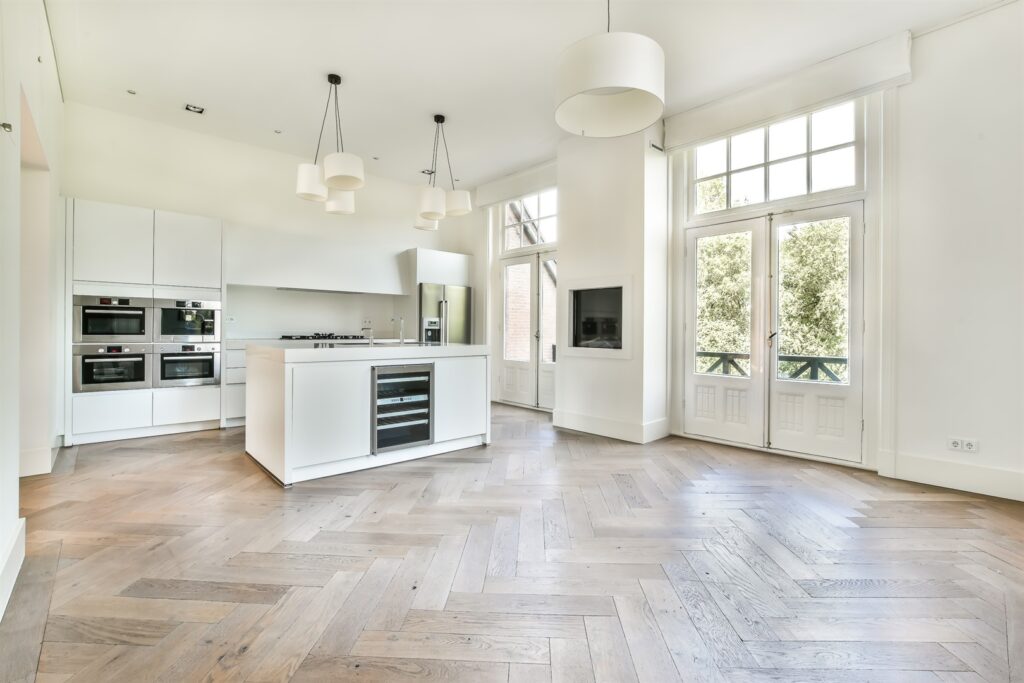
4. Window Treatments and Light Control
While inviting natural light into your home is a design triumph, it’s equally important to have control over its intensity and privacy. Window treatments play a pivotal role in achieving this balance.
In this section, we explore the significance of window treatments and how they can be harnessed for optimal light control and interior design aesthetics.
4.1. Importance of Window Treatments
Window treatments are not merely decorative elements; they serve functional purposes that greatly impact the ambiance of your living spaces.
– Curtains and Drapes: Curtains and drapes are versatile window dressings that come in various styles, fabrics, and opacity levels. They allow you to filter or block natural light as desired while adding texture and color to your interiors.
– Blinds: Blinds offer precise light control through adjustable slats. They can be tilted to regulate the amount of sunlight entering a room. Vertical blinds are particularly effective for large windows or sliding glass doors.
– Shades: Window shades, including roller shades and cellular shades, are available in various opacities, allowing you to choose how much natural light is diffused or blocked.
Advancements in technology have given rise to smart window treatments that can be controlled remotely or even programmed to respond to specific lighting conditions.
– Motorized Blinds and Shades: Motorized window treatments can be operated with a remote control or smartphone app, making it easy to adjust light levels and privacy with the touch of a button.
– Automated Timers and Sensors: Some smart window treatments can be integrated with timers or sensors that respond to changes in natural light. For instance, they can close automatically during the brightest parts of the day to reduce glare and heat.
Window treatments are the guardians of your home’s natural light, offering you the ability to curate the lighting atmosphere and privacy to suit your preferences. From the elegance of curtains and drapes to the precision of blinds and the convenience of smart window solutions, the options are as diverse as your interior design aspirations.
With the right window treatments, you can effortlessly balance your need for illumination, privacy, and style.
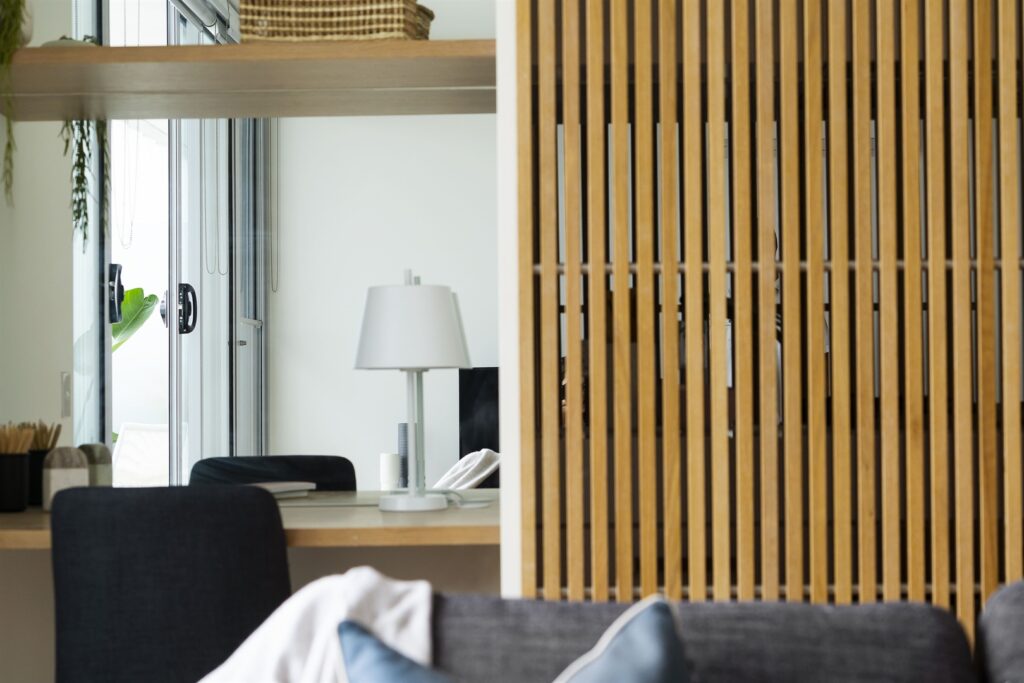
5. Reflective Surfaces and Light Colors
When it comes to maximizing natural light in your home, incorporating reflective surfaces is a powerful strategy. Reflective surfaces, such as mirrors, glass, and polished metals, have the remarkable ability to bounce and amplify natural light, making your space feel brighter and more open.
5.1. Mirrors as Light Magnifiers
Mirrors are perhaps the most well-known tool for enhancing natural light. Strategically placing mirrors across from windows or near light sources can create a dazzling effect. Consider large mirrors in entryways, hallways, and living rooms to immediately boost the brightness of these spaces. Additionally, mirrored furniture and decor items can add both style and luminosity to your interior design.
5.2. Harnessing Glass for Transparency
Glass elements, such as glass coffee tables, transparent chairs, or glass partitions, contribute to an airy and well-lit atmosphere. They allow light to flow freely and maintain a sense of openness within a room. Glass doors and windows, especially those with minimal framing, can also serve as conduits for natural light, effectively blurring the line between indoor and outdoor spaces.
5.3. Polished Metals for a Modern Touch
Polished metals, like stainless steel and chrome, not only add a contemporary flair to your interior design but also reflect and scatter light beautifully. Incorporate these materials into your kitchen appliances, light fixtures, or even decorative accents for a touch of sophistication that enhances the luminosity of your space.
5.4. The Impact of Light Color Palettes
Choosing the right color palette is equally important in natural light design. Light and neutral colors for walls, ceilings, and furnishings play a significant role in how light is perceived within a room. These hues bounce natural light, creating a sense of freshness and spaciousness.
5.5. The Freshness of White
White is a classic choice for interiors flooded with natural light. It serves as a pristine canvas that magnifies the effects of daylight. White walls and ceilings create a sense of purity and tranquility, making it an ideal choice for bedrooms, bathrooms, and kitchens.
5.6. Welcoming Neutrals
Neutral colors like soft grays, beige, and pale pastels have a calming effect and complement natural light beautifully. They create a warm and inviting atmosphere, making your space feel cozy and connected to the outdoors.
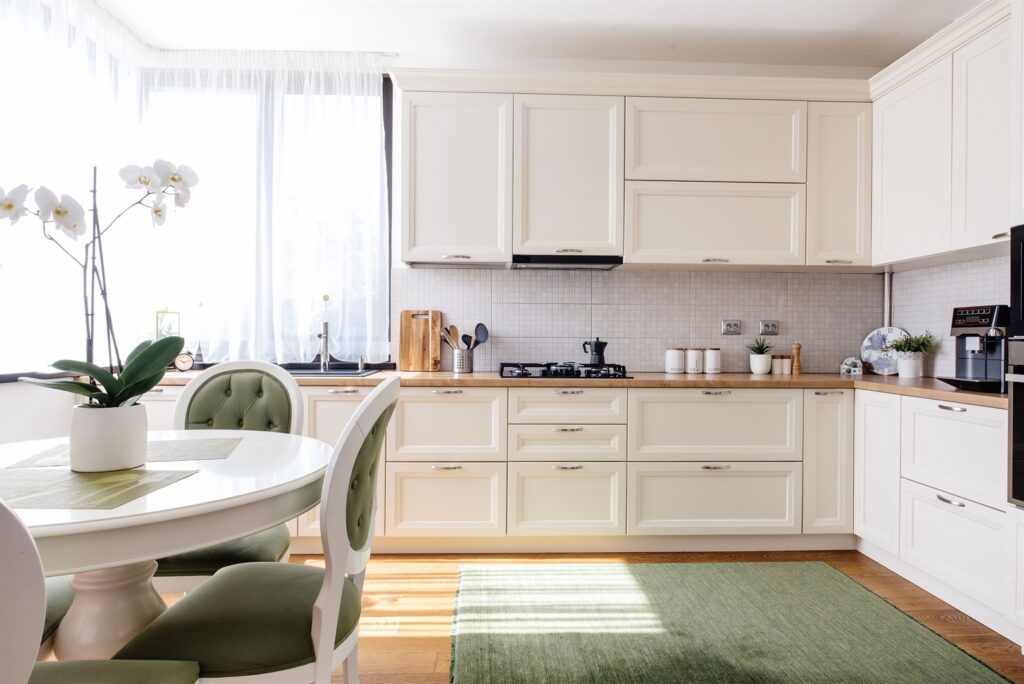
6. Interior Layout and Open Concepts
Open concept design is a key element in creating a well-lit and spacious interior. It involves removing physical barriers and walls that separate different living areas, allowing natural light to flow freely throughout your home.
6.1. Benefits of Open Concept Layouts
Open concepts have gained popularity in modern interior design for several reasons. They maximize the use of natural light by eliminating walls that may obstruct its path. This design also promotes a sense of spaciousness and connectivity between various living spaces, creating a welcoming and sociable atmosphere.
6.2. Combining Living and Dining Spaces
In an open concept layout, merging your living and dining areas can significantly enhance the play of natural light. Positioning your dining table near a large window or glass door allows ample daylight to illuminate your dining experience, making meals more enjoyable.
6.3. Seamless Transition to the Outdoors
For homes with access to outdoor spaces, open concepts can seamlessly integrate indoor and outdoor living. Large sliding glass doors or folding glass walls create a fluid connection to patios, decks, or gardens. This not only floods your interior with natural light but also extends your living space, making it perfect for entertaining or relaxation.
6.4. Open Kitchens for Bright Culinary Spaces
Kitchens are often the heart of the home, and an open kitchen design can transform it into a luminous culinary haven. By removing walls or using kitchen islands to define the space, you allow natural light to illuminate your cooking and dining areas.
6.5. Flexible Layouts and Natural Light
Open concepts provide flexibility in furniture placement. You can position seating areas to capture the best daylight, creating cozy corners bathed in sunlight for reading or relaxation.
6.6. The Role of Half-Walls and Room Dividers
While open concepts aim to remove barriers, sometimes partial separation is desirable. Half-walls, room dividers, or open shelving can subtly define spaces while still allowing light to flow.
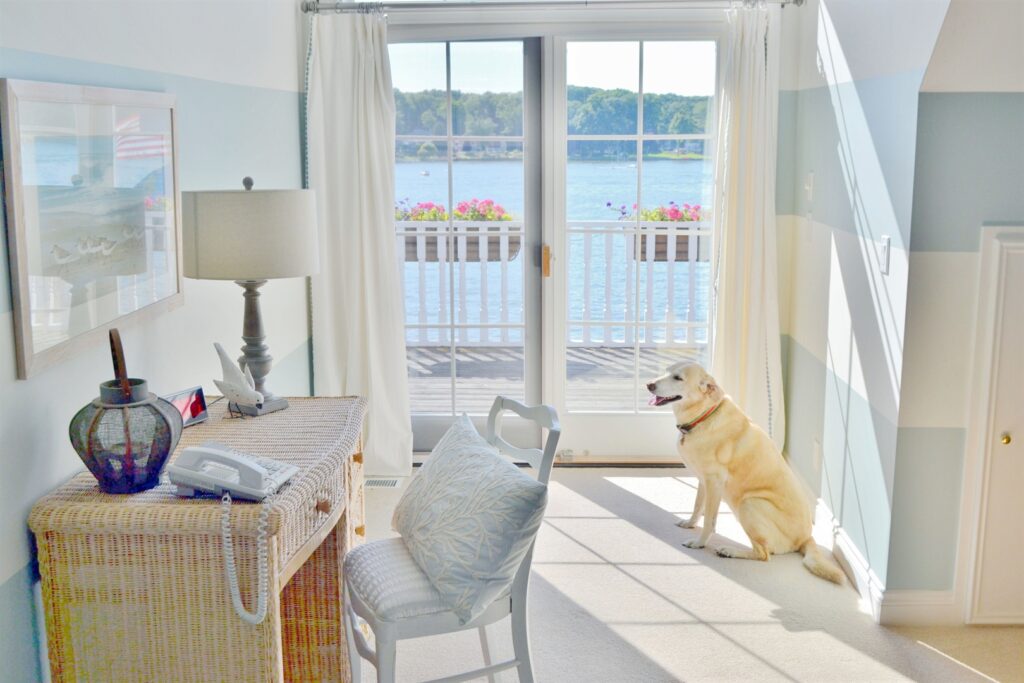
7. Maximizing Outdoor Connection
Maximizing the connection between your indoor living spaces and the great outdoors is a design strategy that not only floods your home with natural light but also creates a seamless transition between your interior and exterior worlds. In this section, we will explore how to harness the power of outdoor connection for a brighter and more inviting home.
7.1. Outdoor Living Spaces
Bringing the outdoors in starts with creating inviting outdoor living areas. Consider designing a comfortable patio, deck, or porch where you can enjoy the beauty of your surroundings. These spaces should be designed with both aesthetics and functionality in mind, ensuring they become an integral part of your daily life.
7.2. Glass Doors and Walls
To maximize the outdoor connection, opt for large glass doors and walls. Sliding or folding glass doors, for example, can be opened wide to seamlessly blend your indoor and outdoor spaces. These transparent barriers allow natural light to flood your home, creating a sense of expansiveness.
7.3. Patio Design
The design of your patio or outdoor area plays a significant role in how light interacts with your home. Opt for light-colored or reflective materials for your outdoor flooring and furniture, which can bounce sunlight into your interior spaces. Additionally, strategically placed mirrors or reflective decor items outdoors can amplify the effect.
7.4. Landscaping and Vegetation
Strategically planting trees, shrubs, and other vegetation around your home can provide shade and enhance privacy while still allowing filtered natural light to enter. Consider consulting with a landscaper to design a garden that complements your interior design while optimizing natural light.
7.5. Skylights and Awnings
Skylights are a fantastic addition to spaces with limited wall space for windows. They capture sunlight from above, channeling it deep into your home. Awnings or pergolas can be added to provide shade during the hottest parts of the day, ensuring your indoor spaces remain comfortable.
7.6. Outdoor Lighting
Don’t forget the importance of outdoor lighting. Well-placed exterior lights can extend the usability of your outdoor spaces into the evening, enhancing the overall ambiance. Outdoor lighting can also cast a warm and inviting glow inside when viewed from your interior spaces.
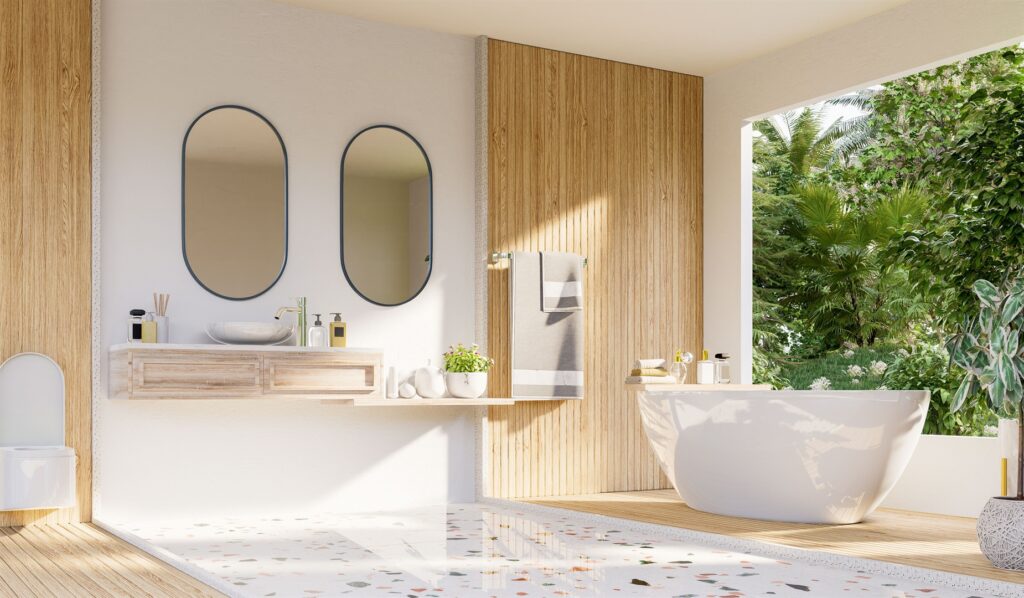
8. Lighting Design Complements
In the quest to maximize natural light in your home, lighting design complements play a crucial role. These complements include artificial lighting solutions that work in harmony with natural light to create a well-lit and inviting interior space. Let’s explore how to strike the right balance between natural and artificial light.
8.1. Layered Lighting Design
A well-thought-out lighting plan incorporates layers of light to achieve different moods and functionalities. Natural light forms the foundational layer, while task lighting, ambient lighting, and accent lighting are layered on top. This approach allows you to adapt your lighting to various activities and times of day.
8.2. Task Lighting Integration
In areas where natural light might not reach effectively, such as kitchens or reading nooks, task lighting becomes essential. Under-cabinet lighting, pendant lights, or desk lamps provide focused illumination for specific tasks, ensuring you can work or relax comfortably.
8.3. Dimmers and Smart Lighting
Dimmer switches and smart lighting systems are valuable tools in balancing natural and artificial light. They allow you to adjust the intensity of artificial lighting throughout the day, syncing it with changing natural light conditions.
8.4. Accent Lighting to Highlight Features
Accent lighting can be used to draw attention to architectural features, artwork, or decorative elements within your home. This not only adds visual interest but also complements the soft, diffuse glow of natural light.
8.5. Warm vs. Cool Lighting
Consider the color temperature of your artificial lighting. Cooler temperatures are often preferred for task-oriented spaces, while warmer tones create a cozy ambiance. Striking the right balance between these temperature ranges can enhance the overall lighting design.
8.6. Lighting Fixtures as Decorative Elements
Lighting fixtures themselves can serve as design elements. Choose fixtures that not only provide the right illumination but also contribute to the aesthetic appeal of your interior spaces. Chandeliers, pendant lights, and sconces can become focal points in your design.
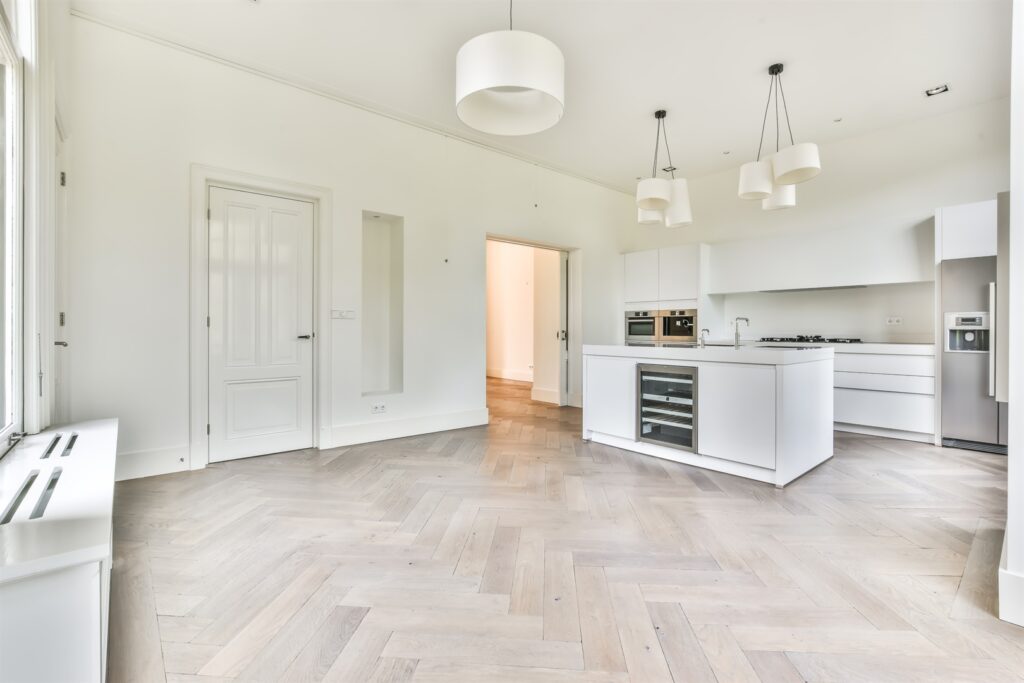
Conclusion
As we draw the curtains on our exploration of natural light design in interior spaces, it becomes evident that this artful fusion of aesthetics and functionality can profoundly enhance your home. From the strategic placement of windows to the selection of the right window styles and the creative use of reflective surfaces, the possibilities are as expansive as the radiant light itself.
In conclusion, embracing natural light is not merely a trend in interior design; it is a timeless and transformative approach that can elevate the mood, energy efficiency, and overall appeal of your living spaces. So, as you embark on your next interior design endeavor, remember that with thoughtful consideration and a touch of ingenuity, you can truly let there be light in your home, creating spaces that radiate with beauty and vitality.
Recent Articles
-
 Winter's Warm Embrace: Crafting A Cozy Sanctuary With Hygge-Inspired Décor
Winter's Warm Embrace: Crafting A Cozy Sanctuary With Hygge-Inspired Décor -
 The Art Of Elevating Well-Being With Nature-Infused Interior Design
The Art Of Elevating Well-Being With Nature-Infused Interior Design -
 Enigmatic Allure: The Timeless Elegance Of Embracing Dark Colors In Interior Design
Enigmatic Allure: The Timeless Elegance Of Embracing Dark Colors In Interior Design -
 Sustainable Serenity: Crafting Eco-Friendly Sanctuaries With Organic Materials In Interior Design
Sustainable Serenity: Crafting Eco-Friendly Sanctuaries With Organic Materials In Interior Design


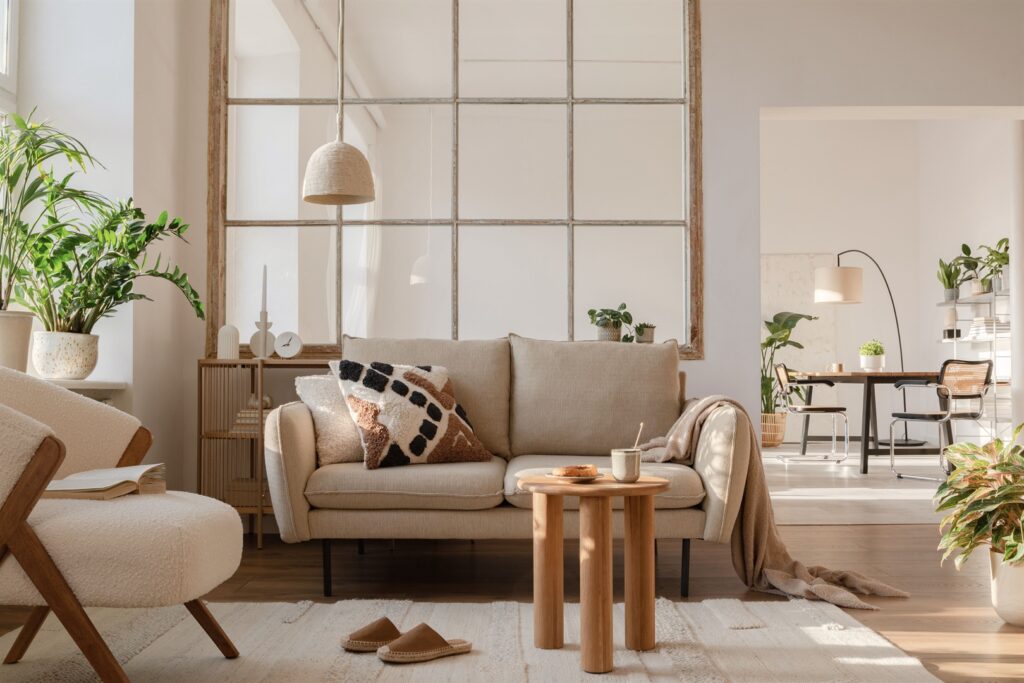
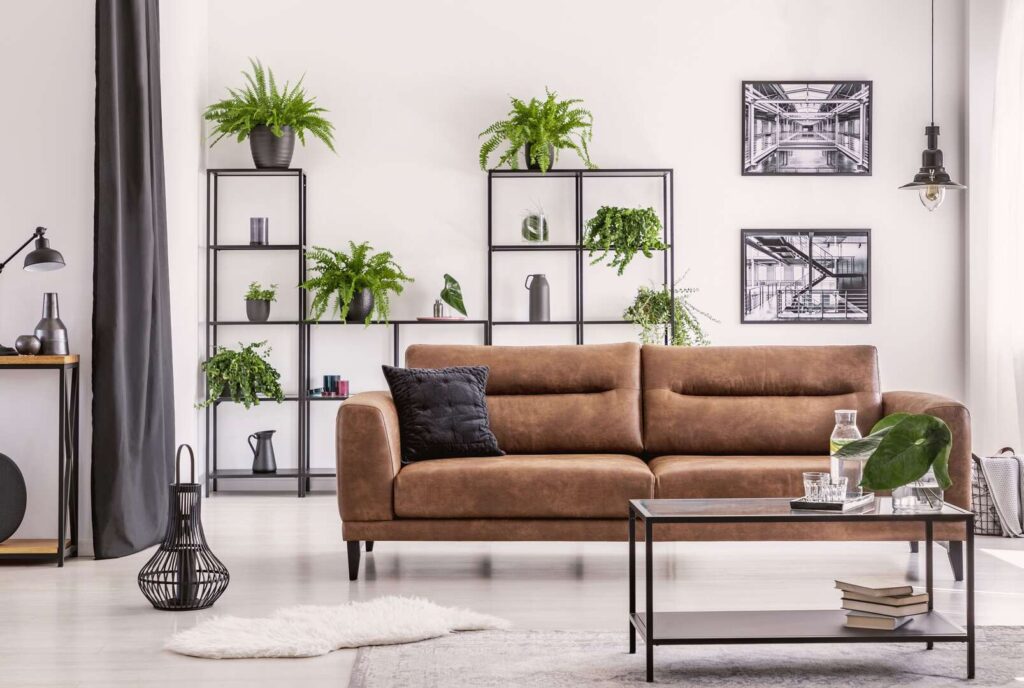
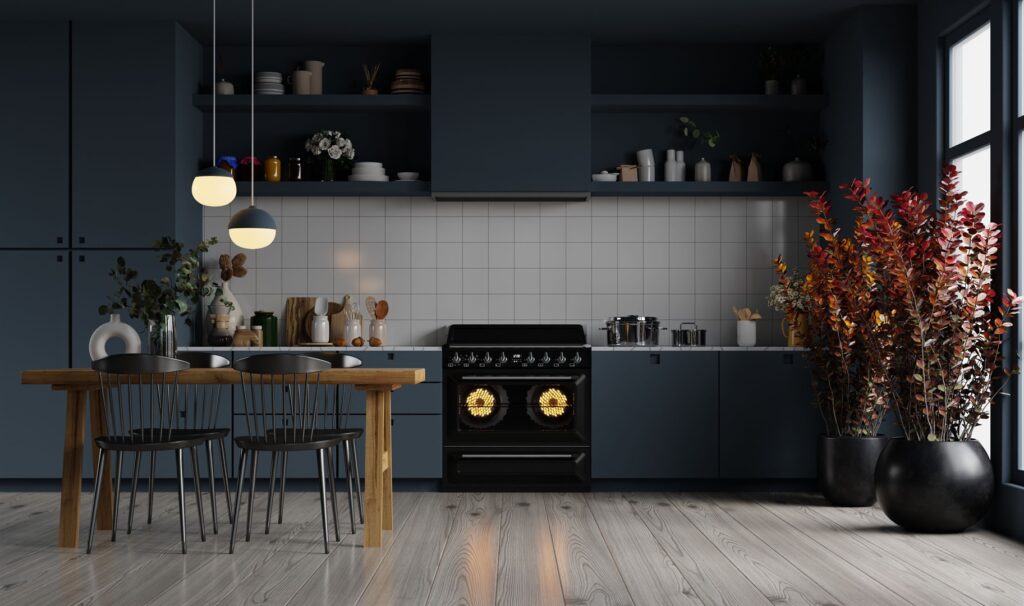
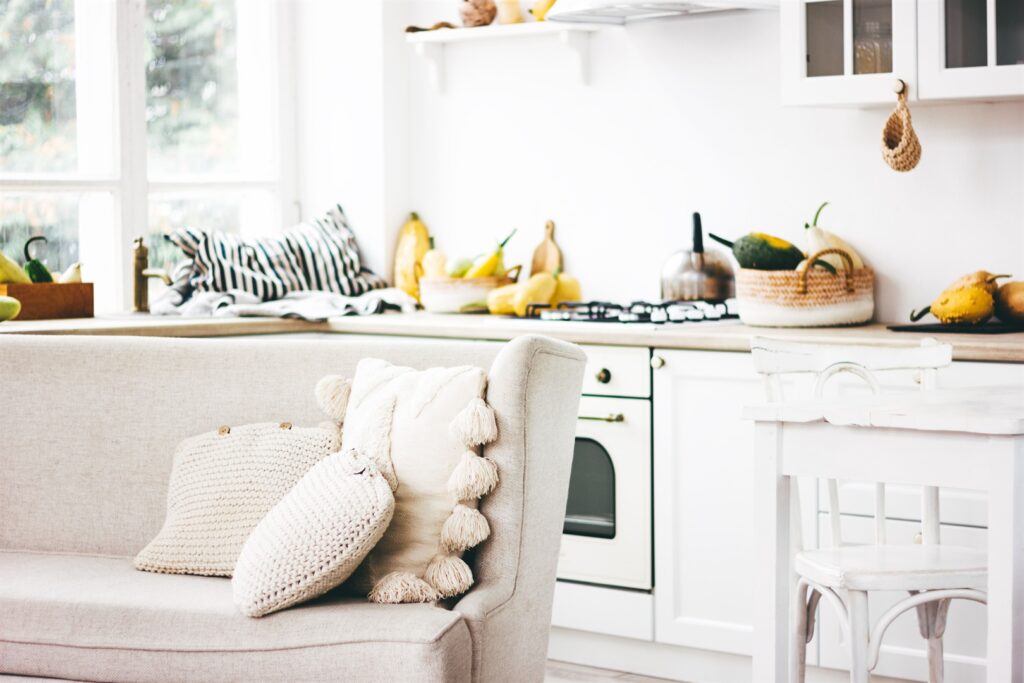

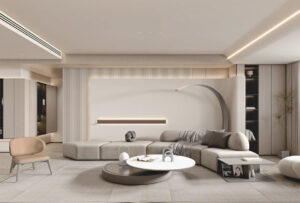


.png)